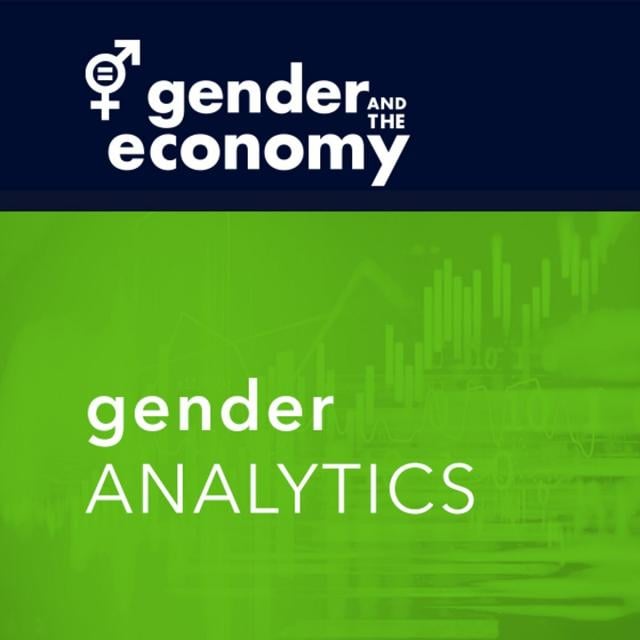MOOC List is learner-supported. When you buy through links on our site, we may earn an affiliate commission.

MOOC List is learner-supported. When you buy through links on our site, we may earn an affiliate commission.
Inclusive Analytics Techniques will provide you with the tools and analytical techniques to uncover these intersectional insights. The course covers both quantitative and qualitative data collection and analysis, including basic statistical techniques and practical instructions for working with customers, beneficiaries and other stakeholders. You will learn to incorporate multiple sources of rich evidence in order to develop innovative insights into how policies, products, services and processes can be made more equitable or serve unique communities. This is the second course of the Gender Analytics Specialization offered by the Institute for Gender and the Economy (GATE) at the University of Toronto's Rotman School of Management. It's great on its own, and you will get even more out of it if you take it as part of the Specialization.
What You Will Learn
- Understand legal & ethical frameworks for collecting, storing, analyzing, and disseminating data to reduce vulnerabilities for marginalized people.
- Examine how quantitative data is produced, identify gender-related data gaps; & use analytics skills to uncover intersectional gender-based insights
- Collaborate with stakeholders to gain an in-depth understanding of unmet needs using community-based and ethnographic research methods
- Learn quantitative & qualitative research and analysis techniques; explore how to integrate insights from both types of data to generate insight.
Course 2 of 5 in the Gender Analytics: Gender Equity through Inclusive Design Specialization
Syllabus
WEEK 1
Ethical and legal considerations in inclusive data collection
When collecting and analyzing data from diverse communities, it is important to recognize that this can create vulnerabilities for marginalized individuals and groups. In this module, you will learn about the legal frameworks and ethical requirements related to collecting, storing, analyzing, and disseminating data, paying attention to different country contexts. By the end of the week, you will understand potential risks to research participants and find ways to mitigate such risks and appropriately compensate them for their time and efforts in the data collection and design process. These considerations are important to take into account before you move forward with any data collection and analysis projects.
WEEK 2
Quantitative data analysis through a gender lens: probability
This session will review basic principles of quantitative data analysis, including probability and hypothesis testing, through fun examples and exercises. By the end of the week, you will be able to conduct basic calculations to analyze quantitative data and develop the intuition behind statistical inference and hypothesis testing to understand analytical reports generated by others.
WEEK 3
Quantitative data analysis through a gender lens: data and interpretation
This week, we will shed light on how data is produced and how to uncover gender-based insights from data. By the end of the week, you will understand the data generation process, know where to locate sources of gender-disaggregated data, and analyze relationships to interpret results. You will see how emerging insights from gender-disaggregated data analysis can shape the evolution of the problem statement and identify areas for further data collection.
WEEK 4
Qualitative data collection: community-based engagement with stakeholders
A big part of applying a gender lens to data analysis is obtaining different perspectives, especially from underrepresented groups. One way to do this is through qualitative research in the communities of interest. This week, you will explore the art of meaningful community engagement. By the end of this week, you will have a better understanding of the concept and value of community engagement as a qualitative data source. You will learn the steps to collect and analyze qualitative data to gain insight into people’s emotions, motivations, aspirations, and pain points. You will also learn how engage responsibly with vulnerable or marginalized communities.
MOOC List is learner-supported. When you buy through links on our site, we may earn an affiliate commission.
MOOC List is learner-supported. When you buy through links on our site, we may earn an affiliate commission.
